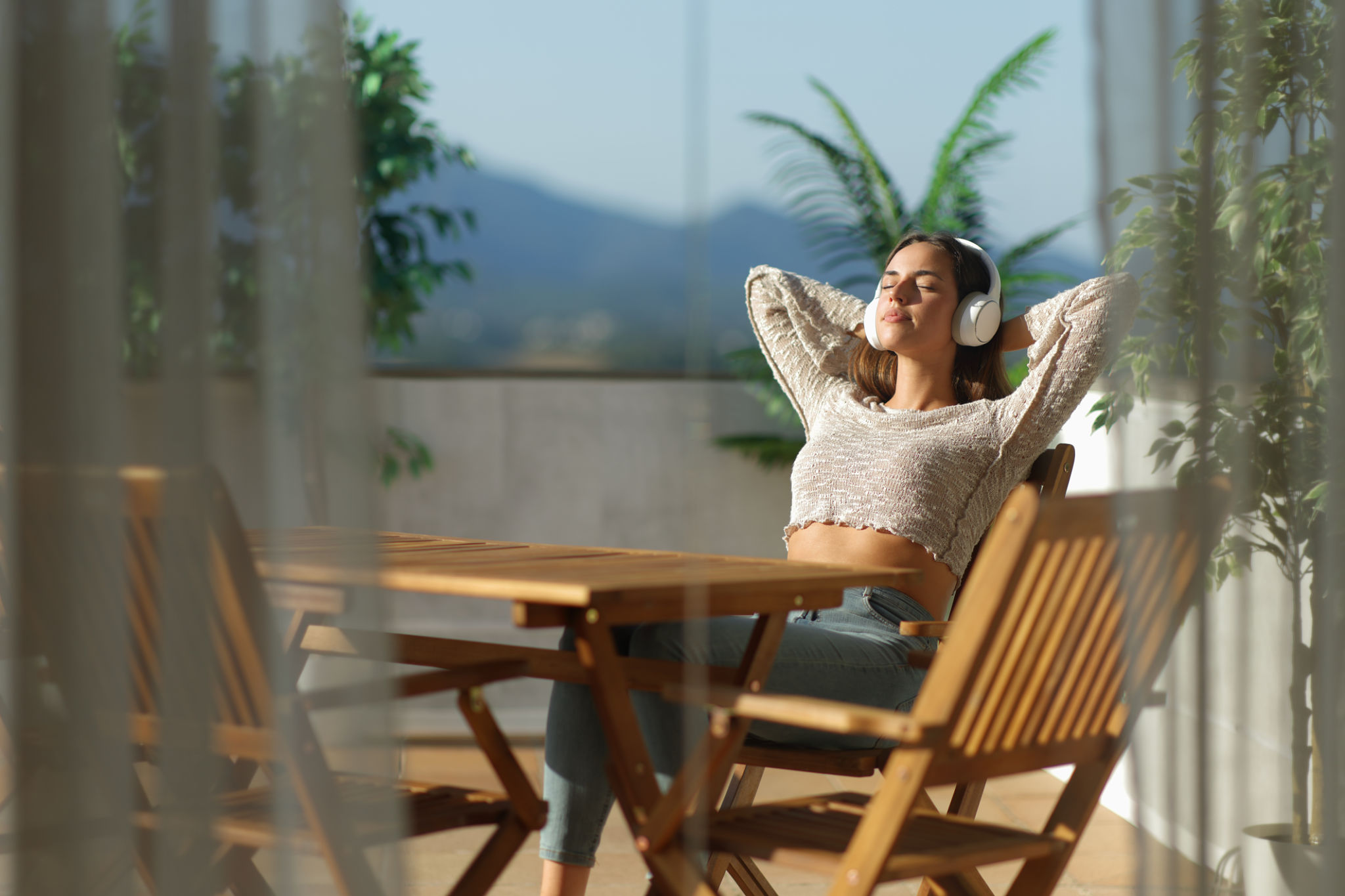The Science Behind ASMR: Why It Works for Anxiety Relief
Understanding ASMR
Autonomous Sensory Meridian Response (ASMR) is a phenomenon that has captivated millions of people worldwide. It's often described as a tingling sensation that typically begins on the scalp and moves down the back of the neck and spine. ASMR is triggered by specific auditory or visual stimuli, such as whispering, tapping, or gentle hand movements. This experience is often associated with a feeling of relaxation and well-being, which is why many people turn to ASMR videos to help alleviate anxiety and stress.

The Neuroscience of ASMR
The exact science behind ASMR is still a subject of research, but studies suggest that it may involve the activation of certain brain regions associated with relaxation and emotional responses. When individuals experience ASMR, there is increased activity in areas of the brain related to reward and emotion, such as the nucleus accumbens and the medial prefrontal cortex. This activation is similar to the response seen when listening to music or during meditation, both of which are known for their calming effects.
Moreover, ASMR may trigger the release of endorphins and oxytocin, hormones known for their roles in reducing pain, enhancing mood, and promoting social bonding. This biochemical response can contribute to the soothing and comforting sensations often reported by those who experience ASMR.
ASMR Triggers and Their Effects
The stimuli that induce ASMR are varied, but they often share common characteristics. These include gentle, repetitive sounds or movements, such as:
- Whispering or soft speaking
- Crinkling or tapping sounds
- Personal attention scenarios, like role-play or grooming
- Slow, deliberate hand movements
These triggers typically create a sense of intimacy and personal connection, which can be particularly beneficial for those experiencing anxiety. The soothing nature of ASMR triggers can help distract the mind from stressors, facilitating a state of calm and relaxation.

ASMR for Anxiety Relief
For many people, ASMR is more than just a pleasant sensation; it's a valuable tool for managing anxiety. The relaxing effects of ASMR can help reduce the physical symptoms of anxiety, such as increased heart rate and muscle tension. By providing a distraction from negative thoughts and promoting a sense of calm, ASMR can serve as an effective coping strategy for anxiety sufferers.
Additionally, the immersive experience of ASMR can promote mindfulness, a practice known for its mental health benefits. By focusing on the present moment and the sensations being experienced, individuals can break the cycle of anxious thinking and develop greater emotional resilience.
Incorporating ASMR into Daily Life
Integrating ASMR into daily routines can be a simple yet effective way to manage anxiety. Here are some tips for incorporating ASMR into your life:
- Create a Relaxing Environment: Find a quiet, comfortable space where you can focus on the ASMR experience without distractions.
- Explore Different Triggers: Experiment with various ASMR videos or sounds to discover what works best for you.
- Set Aside Time for ASMR: Dedicate a specific time each day to engage in ASMR, whether it's before bed or during a break.

The Growing Popularity of ASMR
The popularity of ASMR has surged in recent years, with countless videos and content creators dedicated to this unique phenomenon. Social media platforms like YouTube have become hubs for ASMR enthusiasts, offering a vast array of videos tailored to different preferences and needs. As more people discover the benefits of ASMR for anxiety relief, its influence continues to grow, inspiring further research and exploration into its potential therapeutic applications.
In conclusion, while the science behind ASMR is still emerging, its impact on anxiety relief is becoming increasingly recognized. By engaging with the calming stimuli of ASMR, individuals can find solace and relaxation, offering a simple yet powerful tool in the fight against anxiety.